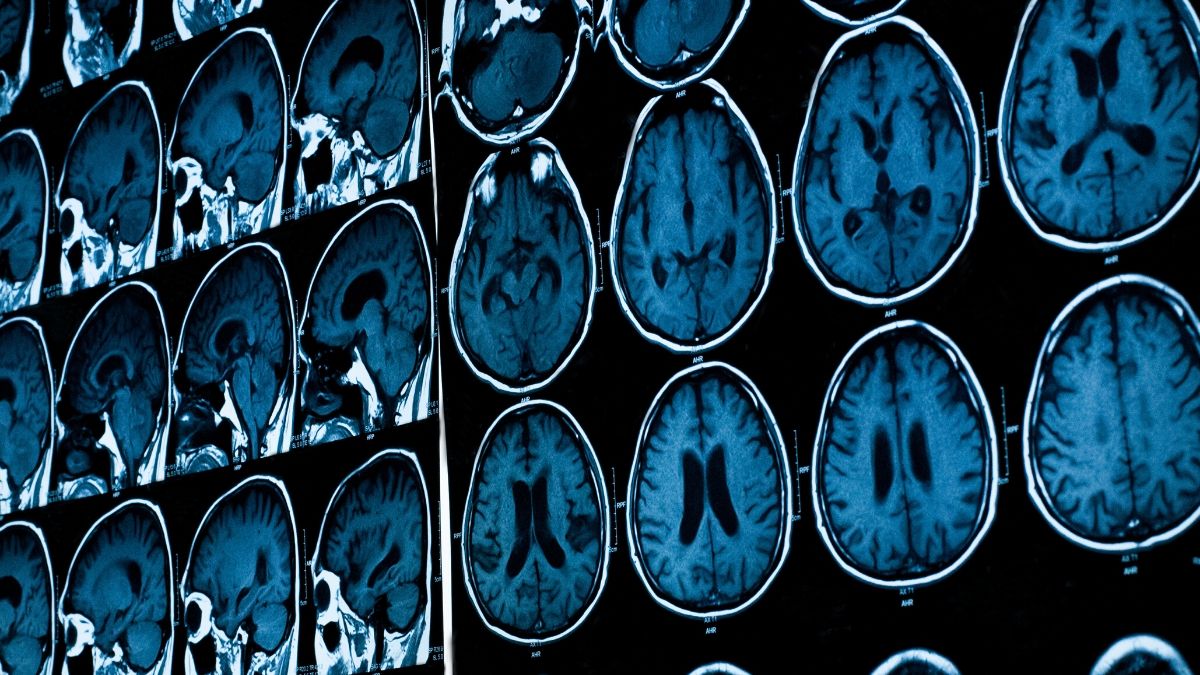Is it necessary to have a CT scan or an MRI to diagnose migraine?
My physician did not prescribe any imaging test even if I have frequent migraines since years. Should I be concerned?
Imaging is not always necessary to clarify a headache situation. If:
- You do not present any red flags (See this post)
- You have a normal neurological examination
- You report typical symptoms of migraine
Then your physician should NOT ask for imaging.
There are even official Canadian recommendations on this.
Why? Isn’t it better to be sure that there is nothing else going on that could be treated and fix the headaches for good?
It’s quite normal to look for precise answers on why the migraines are there. The problem is, if we scan everyone we will find many completely benign things that have nothing to do with the headaches and may just worry you uselessly. Things that can be found on any MRI of the brain include:
- Enlarged ventricles
- Arachnoid cyst
- Chiari malformation
- Benign brain tumor (meningioma)
- Sinus polyps or retention cysts
For every 100 MRIs or CT scans done, between 5 and 10% will show some benign abnormality (something that is seen on the image, but has no repercussion on your health). Such findings may generate unwarranted anxiety.
Are there negative consequences of unwarranted imaging?
While imaging more than needed may seem safer and benign, it’s not. Here are some negative consequences of unnecessary imaging:
- Exposure to radiation (CT scans are associated with a low dose of radiation, not MRIs though)
- Costs to you (private insurance) and society (public insurance)
- Longer delays for people who really need imaging (we do have a public health care system)
- Findings that may cause undue anxiety and lead to more useless imaging to «control» the lesion
Why can’t we see migraine on a scan or MRI?
Migraine is caused by inflammatory and electrical disturbances in the brain’s complicated network (See this post). All those phenomena happen at the microscopic scale and are therefore invisible for the eye. Migraine is a real neurological disease, but it cannot be seen on imaging studies (except in research settings).
As we learn more about migraine, this may change in the future but for now giving an accurate description of your symptoms is the most important way to help your doctor make a diagnosis.
Migraine is invisible on the MRI but very visible on a headache diary (See this post). Consider starting one! (See the Canadian Migraine Tracker)
What if I develop a new headache that could be serious, should I be investigated then?
Yes, of course. Any red flag (and that includes a new unusual headache) should justify a reevaluation, full questionnaire and examination and maybe testing.
Important Points:
- Migraine cannot be diagnosed with a CT scan or MRI
- Migraine is an electrical and inflammatory phenomenon that is invisible on imaging studies.
- The diagnosis of migraine is based on clinical criteria found in the history of the patient, exclusion of red flags and a normal neurological examination.
- Imaging tests are required only to exclude another cause for the headaches suspected based on the medical history.
- Any major change in the headache pattern or symptoms can prompt a reevaluation.
REFERENCES
Morris Z, et al. Incidental findings on brain magnetic resonance imaging: systematic review and meta-analysis. BMJ. 2009;339:b3016.
May A. Pearls and pitfalls: neuroimaging in headache. Cephalalgia. 2013;33(8):554-65.
Post#6
Categories
THE MIGRAINE TREE
- BRANCHES
- ACUTE TREATMENTS
- DEVICES AND NEUROMULATIOIN
- PREVENTIVE TREATMENTS
- PROCEDURES AND INJECTIONS
- SELF-CARE AND LIFESTYLE
- SOCIAL LIFE
- TRUNK
- ROOTS
OTHER CATEGORIES




